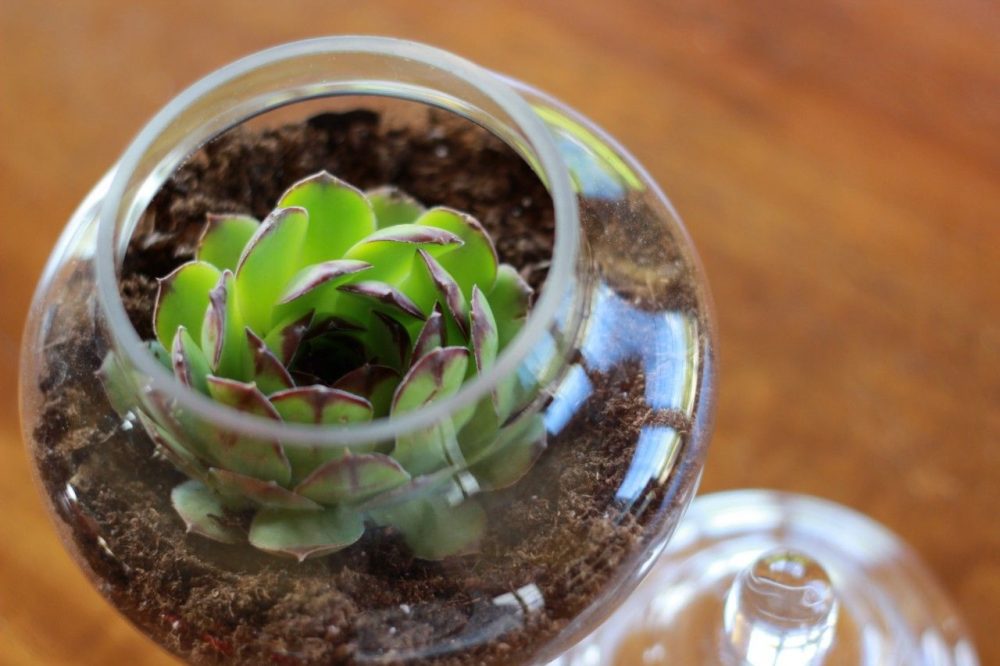Despite their name, Hens and Chicks do not require a cold temperature to thrive. The water in their leaves freezes during cold temperatures and this causes the leaves to turn brown. Hens and chicks ideal temperature is a mild 65 degrees to 75 degrees Fahrenheit. Indoors, they can thrive, but they need a high amount of light and are best placed near south or east-facing windows. If you want to raise your own Hens and Chicks, read the following tips.
Sempervivum
Hens and chicks are the most popular types of plants to grow indoors. The ideal temperature for sempervivum is 65 to 75 degrees F, but it can survive in temperatures as low as -30 degrees F. While sempervivum can withstand cold weather, it will become semi-dormant in lower temperatures. This plant doesn’t need fertilizer but will benefit from diluted liquid fertilizer in spring and summer.
The perfect climate for sempervivum depends on the variety. Plants in zones four through eight need protection from afternoon sun. In the spring, they are susceptible to deer and rabbits, but damage to foliage will soon return to its original color. Fortunately, sempervivums are relatively pest free. They won’t produce babies until the second year, and will continue producing offshoots even after a season or two.
Jovibarba heuffelii
If you are interested in raising your own hens and chicks, you’ll want to consider the ideal temperature for this species. This succulent is adapted to zone 4 climates and produces a mass of red rosettes. It tolerates a wide range of growing conditions, although it is less tolerant of excess moisture and varying lighting. It can survive in low-light conditions, which is why it’s a good choice for a small urban yard.
The perfect temperature for Jovibarba heuffeli is about 80°F. Chicks are best kept at around 85°F. This succulent is also known as ‘Beard of Jupiter’. It is closely related to Sempervivum, but it produces offsets instead of stolons. In addition to its compact nature, Jovibarba heuffelii has striking coloration. The flowers have a rosy color with finely serrated white margins.
Jovibarba rollers
Many people have heard of Jovibarba rollers for hen and chicks, but do they really work? The rollers are made from a plant called Sempervivum (pronounced hoo-fell-ee-aye), which is an evergreen succulent plant native to the Mediterranean region. This plant is also known as Houseleeks or Sempervivum heuffelii, and has numerous names. It can be found growing in the Alps, Carpathians, Armenian and Balkan mountains, and the northeastern Sahara Desert.
The names Jovibarba and Sempervivum are largely synonymous, though the two plants are distinct genera. Jovibarba is native to southeastern Europe and is related to Sempervivum. Its names indicate that it is a succulent, and a variety of the two varieties are quite similar in appearance. Both species are used in backyard chicken coops, and their ideal temperature is around 66 degrees Fahrenheit.
Sempervivum heuffelii
Sempervivum heuffeliis are succulent plants. They are part of the Sempervivum genus, meaning “ever-living.” These plants can survive temperatures of -30 degrees F, but will go semi-dormant when temperatures fall below this range. While they are not considered a heat-loving plant, they will benefit from a little liquid fertilizer in the spring and late summer.
Hens and chicks can thrive in Zone 5 and are resistant to disease. The only problem is rot, which usually starts at the roots and progresses toward the center. Soil that drains well is ideal. The plants will grow in full sun for the first few months, but after that will need some afternoon shade. Prolonged shade will result in dull, floppy growth and a reduced color.
Hens and chicks produce many offspring. The amount depends on the variety, but you can divide them each spring and raise them separately. You can leave the baby chicks in the coop with their mother or leave them around the hen. Sempervivum heuffelii, Jovibarba heuffelii, and Jovibarba rollers are common varieties of the Sempervivum. Each cultivar produces in a different way.

